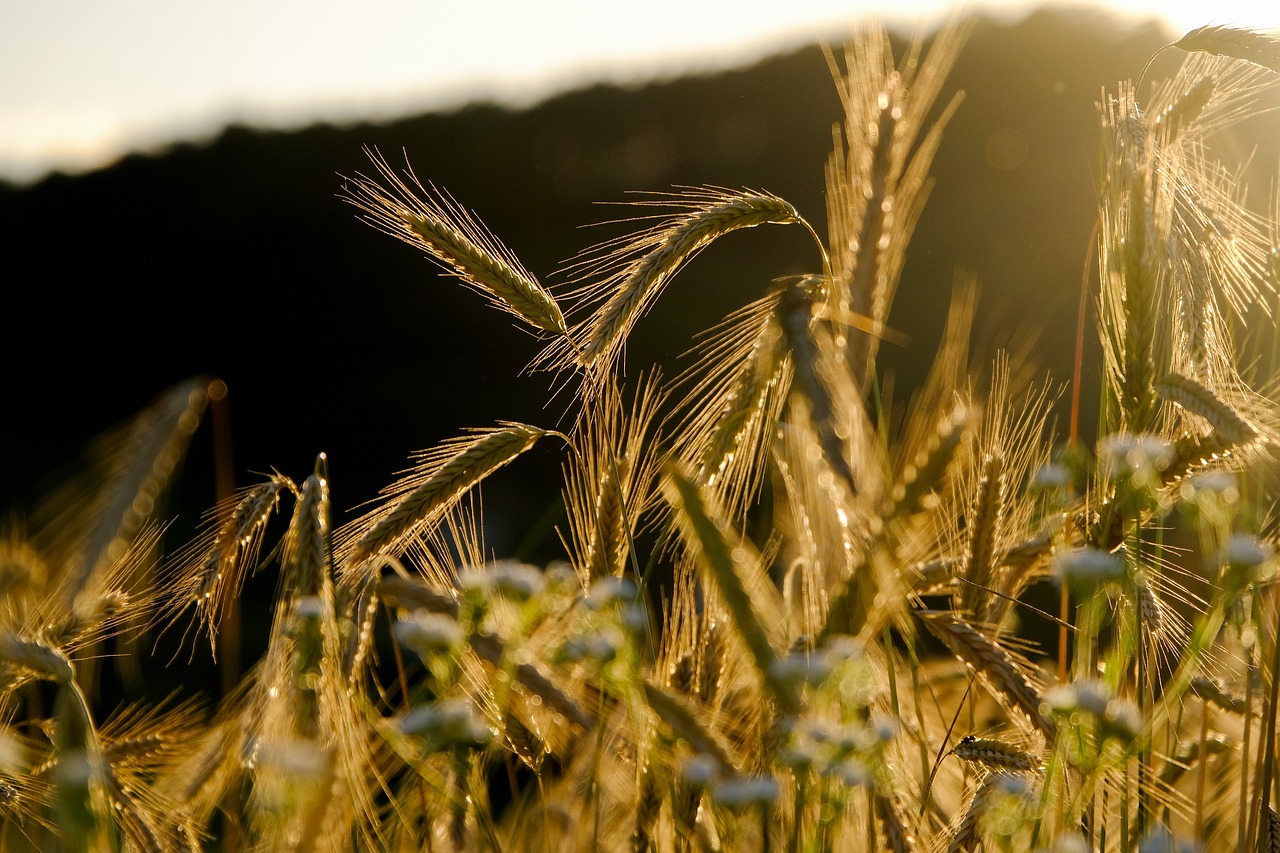Ukraine increased grain exports, but received less money for them
19 February 2024 11:56
In 2023, Ukraine exported 44.8 million tonnes of grain, up 16% from 2022. At the same time, the trend in revenues was reversed – it decreased by 9% to USD 8.3 billion. This was stated by Mykola Pugachev, Deputy Director of the National Research Centre “Institute of Agrarian Economics”, reports ![]()
This situation is due to the fall in the FAO Cereal Price Index, which decreased by 15% in 2023, the expert said.
The largest buyers of Ukrainian grain have traditionally been the EU, Africa and Asia. At the same time, grain exports were mainly to the EU.
Somewhat unexpectedly, Spain became the largest importer of Ukrainian grain, accounting for 17.1% of Ukrainian companies’ revenue.
China was second with a share of 13.9%.
Romania was the third largest importer in terms of revenue with a share of 12.5%.
Together, these 3 countries accounted for about 44% of Ukraine’s revenue from grain exports in 2023.
In terms of sales volumes, Ukrainian producers exported the most corn (26.4 mln tonnes, 6% more than in 2022), wheat (16.2 mln tonnes, 44%) and barley (2.2 mln tonnes, 1%).
Border blockade
Ukrainian exports are taking place against the backdrop of the blockade of the most important border for this country, the Ukrainian-Polish border. on 9 February 2024, Polish farmers launched a new nationwide strike and blockade of the border with Ukraine, which will last until 10 March. It was initiated by the independent farmers’ trade union Solidarity. Since 12 February, they have blocked all road checkpoints, and from 20 February they plan to block access roads to railway transshipment stations and seaports. The main demand of the protesters is to cancel the preferential trade regime with Ukraine and to return the permit system for importing goods into Poland.
Problems at the border began on 6 November 2023, when Polish transport companies began blocking truck traffic at three major checkpoints on the Ukrainian border: “Korczowa-Krakowiec, Hrebenne-Rava-Ruska, and Dorohusk-Yagodyn. One of the requirements was to reinstate the permits for Ukrainian carriers that had been cancelled under the agreement with the EU by 30 June 2024.
On6 January, truck traffic to the Medyka-Shehyni border crossingin Poland resumed. Three other border crossing points were opened on 17 January, namely Dorohusk – Yagodyn, Hrebenne – Rava-Ruska, and Korczowa – Krakivets.
In Romania, on 13 and 14 January, local farmers blocked the movement of Ukrainian trucks through the Siret checkpoint, and on 15 January, they began blocking the Vicovu de Sus checkpoint. on 18 January, Romanian farmers began blocking the Dyakove-Halmeu checkpoint. However, as of 20 January, these checkpoints were reopened.
The preferential trade regime and its opponents
Many EU members did not like the quota-free imports of Ukrainian products to the EU, which was in effect in 2022-2023. In particular, a number of Eastern European countries demanded that the EU impose import duties on Ukrainian goods, citing unfair competition. The ministers of agriculture of Bulgaria, Poland, Hungary, Romania, and Slovakia sent a letter to the European Commission asking for action, stating that cheaper agricultural products from Ukraine were eating into their export markets.
At the end of January 2024, the European Commission actually reintroduced quotas for some Ukrainian goods. It extended the special preferential regime with Ukraine for a year, but set special conditions and safeguards for some goods.
In particular, in order to “stabilise imports at the level of average volumes in 2022-2023”, the EU has come up with an “emergency braking” mechanism for three products: poultry, eggs and sugar.
In practice, this means setting a quota at the level of the average export volume in 2022-2023, exceeding which will automatically result in an import tariff being applied to the products.
This decision must then be approved by the European Parliament and the Council of the EU.
Thus, the EC’s decision virtually reintroduces quotas for some Ukrainian products, even if at the average level of Ukrainian exports. However, even this compromise solution does not suit the Polish farmers’ union Solidarity.









